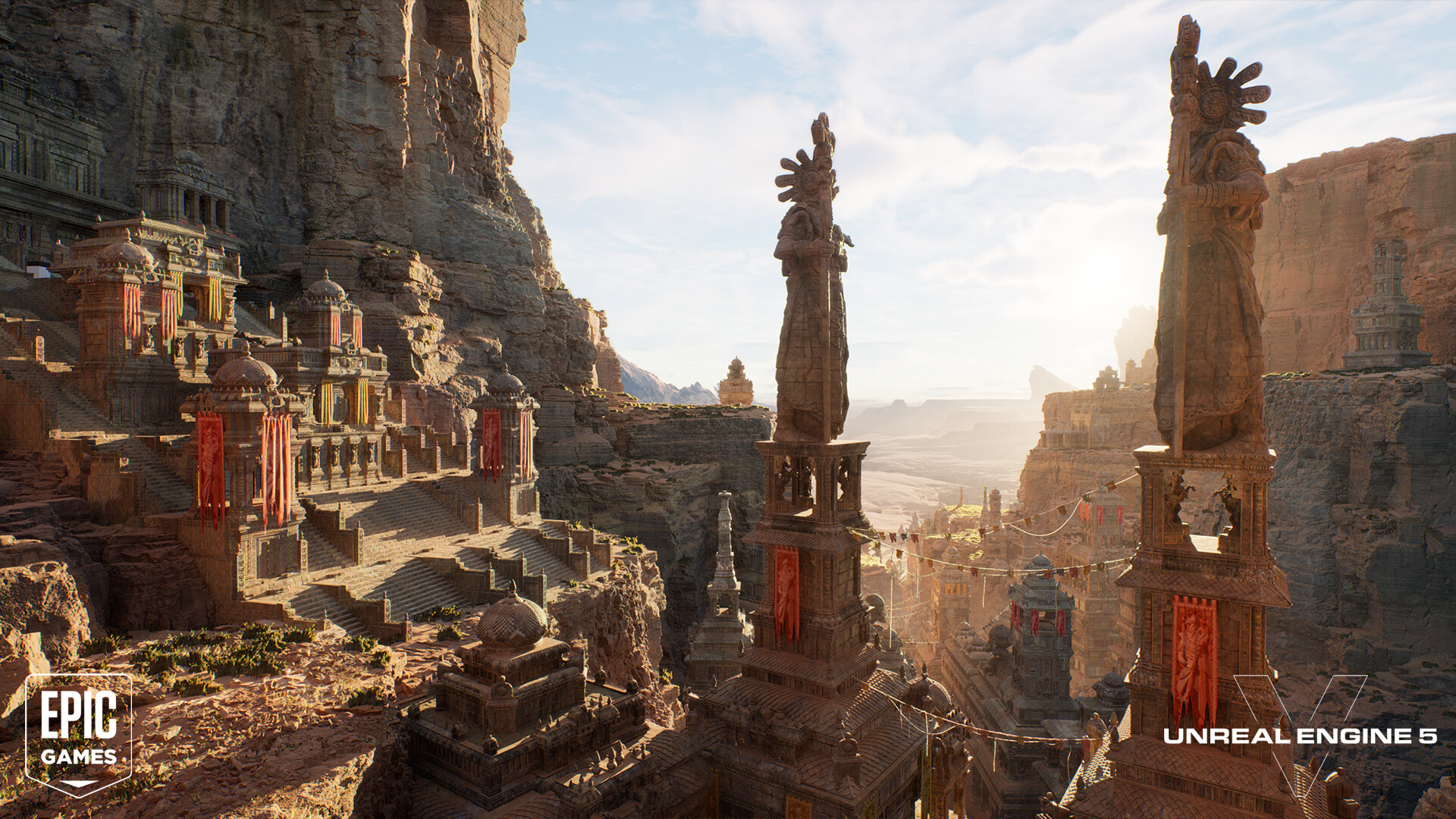VFX_Veteran
Regular
The UE5 demo on PS5 may well have had a higher resolution and/or framerate with a stronger GPU and the same IO subsystem, depending on the VRAM bandwidth bottlenecks VS the CU bottlenecks.
And that’s what you’ll see across the board. Way more variation and density and better and more textures, regardless of GPU, but the stronger or weaker GPU will show more or less pixels and framerate, but have no further impact on the quality and detail of what is shown.
Wait a sec, are you saying that the complexity of a render is only dependent on resolution and target framerates? Like that's only partially true. It mainly depends on what you want to do inside that pixel. My point is that we are ignoring the complexity of a render and glossing it over to mean you can have infinite complexity in a scene with no cost of render time which is objectively false.

